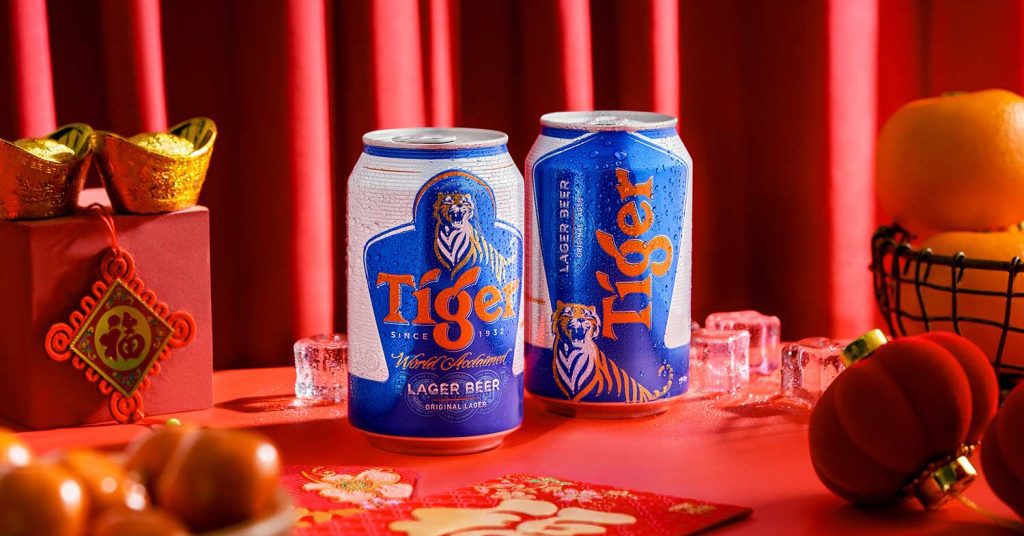Important Need To Know Tips About Lighting
Lighting is an essential element of photography, and different types of lighting can affect the mood, tone, and quality of a photograph. Understanding the various types of lighting available to photographers is crucial in achieving desired results in photography.
In this blog post, we’ll explore the different types of lighting in photography, from natural to artificial, and how to use them to create stunning images.
1. Natural Lighting
Natural lighting is light that comes from natural sources like the sun and fire. It can create unique looks in photos, depending on the time of the day. One example is golden hour, which is the hour after sunrise or before sunset. It creates a warm and soft light perfect for creating beautiful portraits. On the other hand, the afternoon sun can create harsh shadows, which may be undesirable at times.

Photo by Suesinko
2. Ambient Lighting
This is the light that exists in a room or environment without any additional lighting. It can create a beautiful and natural atmosphere in photographs even though it is difficult to control. The colour and intensity of ambient light can also affect the mood and tone of the photograph.

Photo by Gradepixel
3. Flash Lighting
Moving onto artificial lighting, flash lighting produces a burst of light when triggered. Flash lighting can be used in various settings, including indoors and outdoors. It is commonly used in portrait and fashion photography to create a dynamic effect. There are several types of flash lighting, including on-camera flash, off-camera flash, and studio strobes.
Photo by GradePixel
4. Continuous Lighting
Continuous lighting is another type of artificial lighting that provides constant light. It is commonly used in video and film production but can also be used in photography. Continuous lighting can be adjusted to create different levels of brightness and color temperature, making it useful for creating a specific atmosphere in photographs.

Photo by Gradepixel
5. Studio Lighting
Studio lighting is a type of artificial lighting that is commonly used in portrait and product photography. It allows photographers to have complete control over the lighting environment, which can be useful in achieving specific effects. Some examples consist of strobes, softboxes, umbrellas, and other lighting modifiers.
Photo by AdoboLoco
In conclusion, different types of lighting in photography offer various options for creating stunning and dynamic images. It is essential to understand how to control and manipulate light, whether natural or artificial, to achieve desired results. Experimenting with different lighting types can lead to unique and creative results, making it essential to master the art of lighting to take photography to the next level.


